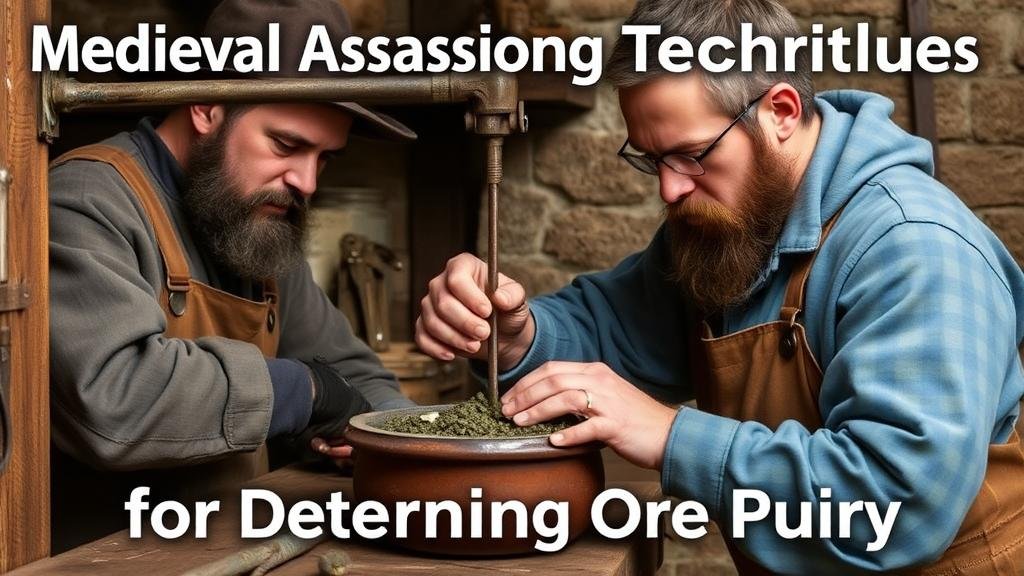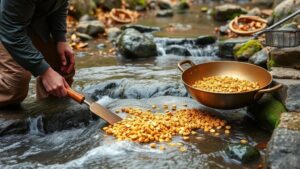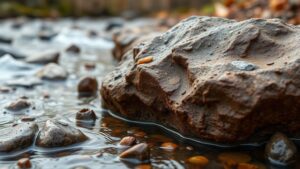Medieval Assaying Techniques for Determining Ore Purity
Medieval Assaying Techniques for Determining Ore Purity
The assessment of ore purity during the medieval period was essential for efficiently extracting and refining valuable metals such as gold, silver, and copper. Assaying, the process of determining the composition of metals in ores, was critical not only for mining but also for commerce and taxation. This article explores the various techniques employed in medieval assaying, their development, and their implications on trade and industry.
Introduction to Assaying
Assaying refers to the practice of analyzing a metal sample to ascertain its quality and composition. term itself derives from the French word essayer, meaning to try or test. During the medieval era (circa 5th to late 15th century), this practice evolved significantly, influenced by burgeoning trade, technological advancements, and increasing demand for precious metals.
Early Techniques of Assaying
The earliest forms of assaying can be traced back to ancient civilizations; however, during the medieval period, specific techniques began to formalize. Two prominent methods were utilized: dry (fire) assay and wet assay.
Dry Assay Techniques
Dry assaying, also known as fire assay, was one of the most prevalent methods for determining metal content, especially for gold and silver. The procedure involved the following steps:
- Sample Preparation: A small sample of ore (typically around 1-2 ounces) was crushed and mixed with flux materials like lead oxide, borax, and soda.
- Melting: The mixture was then placed in a crucible and heated in a furnace, allowing the lead to absorb metallic elements and forming a compound.
- Separation: Upon cooling, the lead button formed at the bottom of the crucible was separated from the slag, containing non-metallic materials.
- Parting: The lead was treated with nitric acid to dissolve any silver, leaving behind pure gold.
By utilizing this method, assayers could achieve a high degree of accuracy in determining the purity of the ore, with fire assay being regarded as the gold standard for its reliability.
Wet Assay Techniques
Wet assaying, although less popular than fire assay, was another method employed particularly in analyzing ores with higher moisture content. This technique involved the following aspects:
- Dissolution: The ore sample was treated with various acids or bases to dissolve the metallic components.
- Precipitation: Specific reagents were added to precipitate the metal compounds from the solution, allowing for further analysis.
While this method provided qualitative results, it often lacked the precision of fire assay, which limited its application in high-stakes commercial settings.
The Role of Assayers in Medieval Society
Assayers were not merely technicians; they played crucial roles in the medieval economy. They were often licensed by local authorities or guilds, enhancing their credibility. Their work affected both the legal trade of precious metals and the taxation systems put in place by monarchies.
- Trade Regulations: Assayers ensured that metals sold in markets were accurately weighed and portrayed as per their purity, preventing fraud.
- Tax Collection: Monarchs relied on accurate assay reports to levy taxes on extracted metals, directly influencing state revenues.
The significance of their contributions is reflected in historical records, where renowned assay masters were often tasked with overseeing large mining operations or serving on royal commissions.
Case Studies: Prominent Assaying Institutions
Various medieval cities became hubs for assay practices, with institutions established to standardize the processes involved. Notable examples include:
- The London Assay Office: Founded in 1300, it ensured the integrity of silver and gold quality in trade, providing a model for others to emulate.
- The Augsburg Mint: In the late 15th century, Augsburg became a crucial city for silver trade, where accurate assays facilitated commerce between regions.
Conclusion and Modern Implications
The medieval period laid the groundwork for modern assaying techniques. The emphasis on precision and reliability in determining ore purity not only advanced technology but also established standards that have persisted into contemporary practices within metallurgy and commerce.
Today, as the mining industry seeks to balance efficiency with sustainability, understanding the historical context of assaying can provide valuable insights. The lessons learned from medieval methods can inspire modern innovations in ore analysis and highlight the enduring importance of accurate measurement in resource extraction.
Actionable Takeaways
- Explore the historical techniques of assaying for a greater understanding of modern analysis methods.
- Consider the role of integrity in trade practices, reflecting on medieval systems as models for contemporary ethics.
- Invest in educational resources to better understand the evolution of metallurgy and its impact on current industrial practices.



